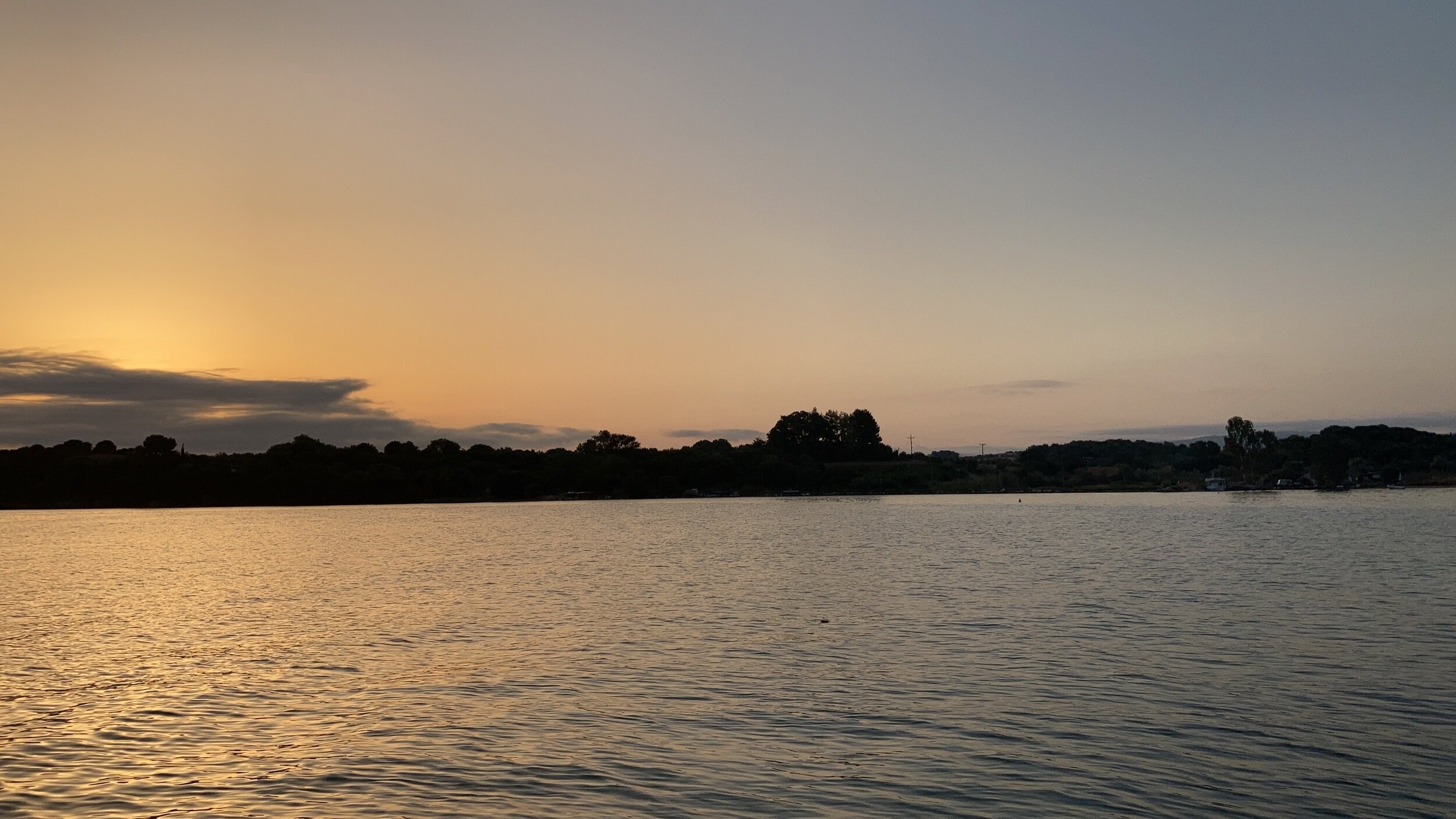Lefkada
From the inland sea where Kouga overlooks, we sail towards Preveza and pass through the canal that opens via the mobile bridge of Aghia Maura every hour. We will wait for the opening at 14:00/14:10 to reach Lefkada.
We stop at the marina to replenish our water supply and buy bread from the bakery. The souvlaki also found their place in the small shopping trip.
Towards evening, we anchor in front of Λυγιά, in the bay where other boats and catamarans are also moored. Each has its own life, its own story to tell. I am particularly intrigued by the small, solitary boats flying the Norwegian flags.
The name Lefkada (from λευκός, meaning "white") derives from the white cliffs facing the open sea towards Κεφαλονιά (Kefalonia), where unhappy lovers would throw themselves into the sea. This act recalls the Greek tradition of ending one’s sorrows with a leap into the void and then into the waters.
My thoughts to Sappho, to the Aegean...
The white cliffs of Cape Lefkatas, located at the southern tip of Lefkada, have been a source of legend and fascination since antiquity. The cliffs were a sacred site dedicated to the god Apollo. It was believed that sacrifices were made here to appease the gods, and the tradition of leaping from the cliffs began as a purification ritual.
Later, the legend of the cliffs became associated with love and despair. The most famous tale linked to this place is that of the poet Sappho of Lesbos. Sappho, heartbroken by her unrequited love for the ferryman Phaon, leapt from the cliffs to end her suffering. Passion and tragedy.
The floating bridge of Aghia Maura, which connects Lefkada to mainland Greece, is a modern marvel in a setting steeped in history. The area around the bridge is named after the medieval castle of Aghia Maura, built in the 14th century to protect the island from invaders. The castle, with its imposing walls and strategic location, stands as a reminder of Lefkada's turbulent past, marked by battles and changing rulers, including Venetians, Ottomans, and French.
Lygia (Λυγιά), where we anchored, is a picturesque fishing village known for its peaceful atmosphere and traditional tavernas. It’s a place where the rhythms of the sea define daily life. The sight of Norwegian boats, solitary yet resolute, adds an international flavor to the serene setting, hinting at the universal allure of the Ionian waters.
Lefkada’s proximity to Kefalonia, another gem of the Ionian Sea, further enriches its lore. The waters between the two islands have inspired countless sailors and poets, and they feature prominently in Homer’s epics. Kefalonia itself is often linked to the myth of Odysseus and his legendary kingdom of Ithaca, which lies nearby.
And still, we can sail through other waters, guided by my thoughts on the meaning of these places and the reflections born here over time.
Attraversamento del canale di Lefkada
All’alba nel golfo / il silenzio che regala poesia



